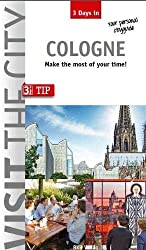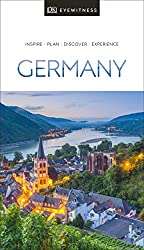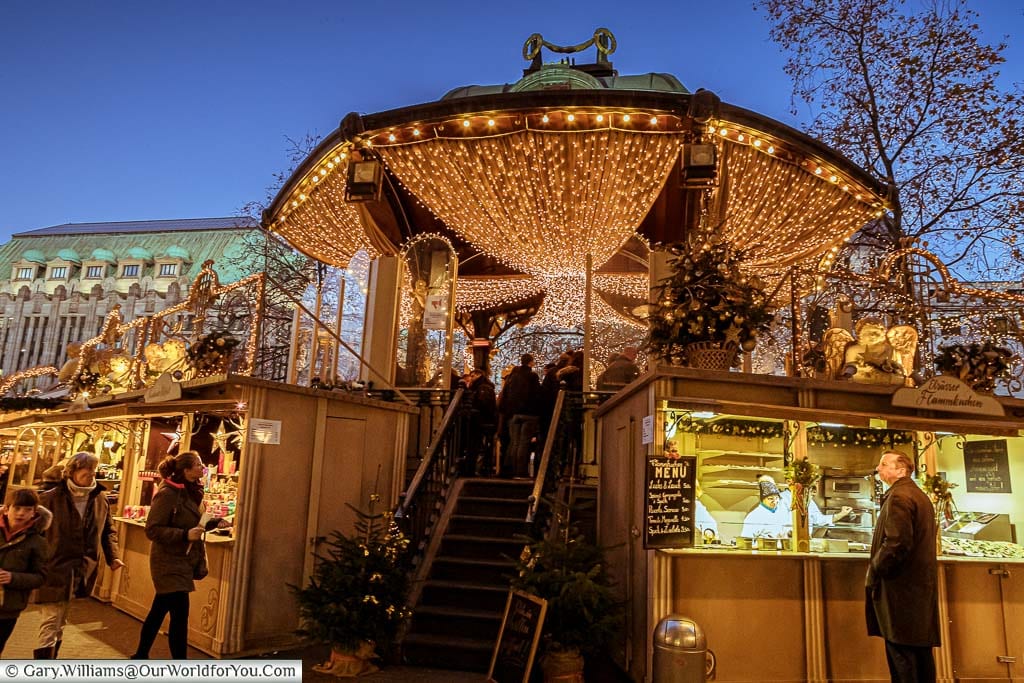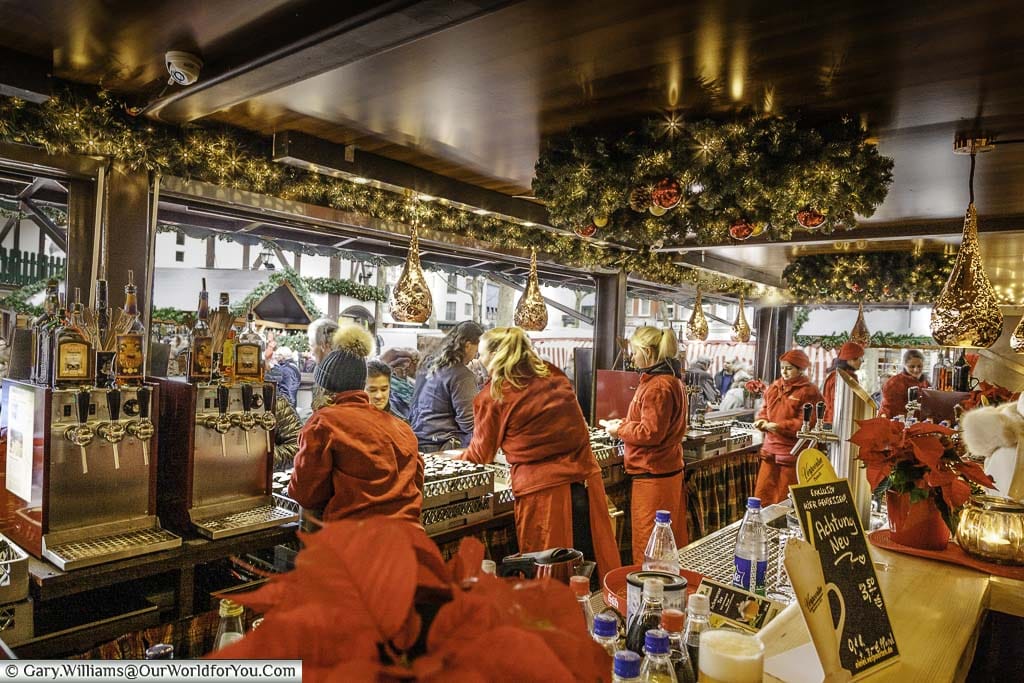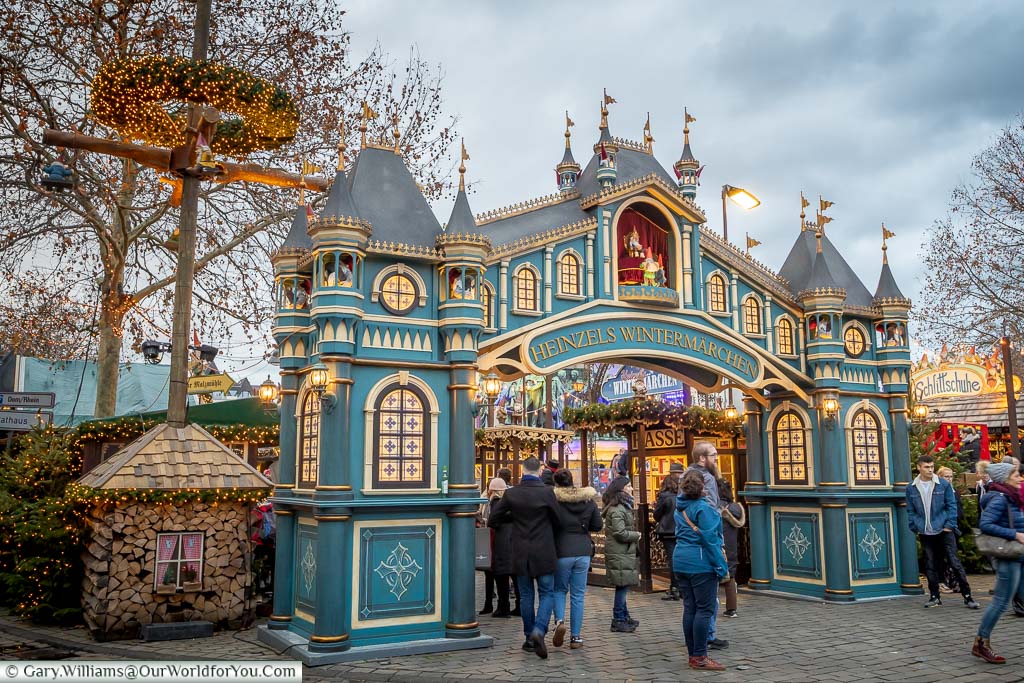Driving to Germany
So why by car?This is a reasonable question when you consider you can easily fly to the larger cities in Germany. You can get to a few by rail through Eurostar in the UK, but a change is required.
Then there are the organised coach trips that take you straight to some of the closer markets for a day trip.
Well, for us, the real reason is what we can bring back, and you must experience the markets by night.
Over the years, our Käthe Wohlfahrt collection has grown yearly, but so have the more delicate items like those glass tree toppers and Christmas baubles bought from the markets.
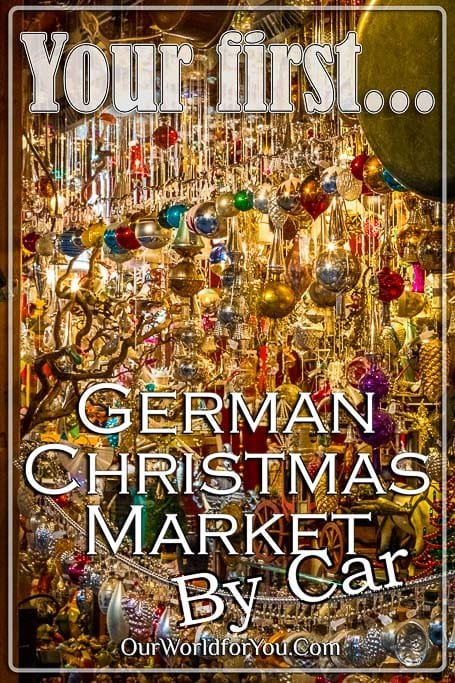
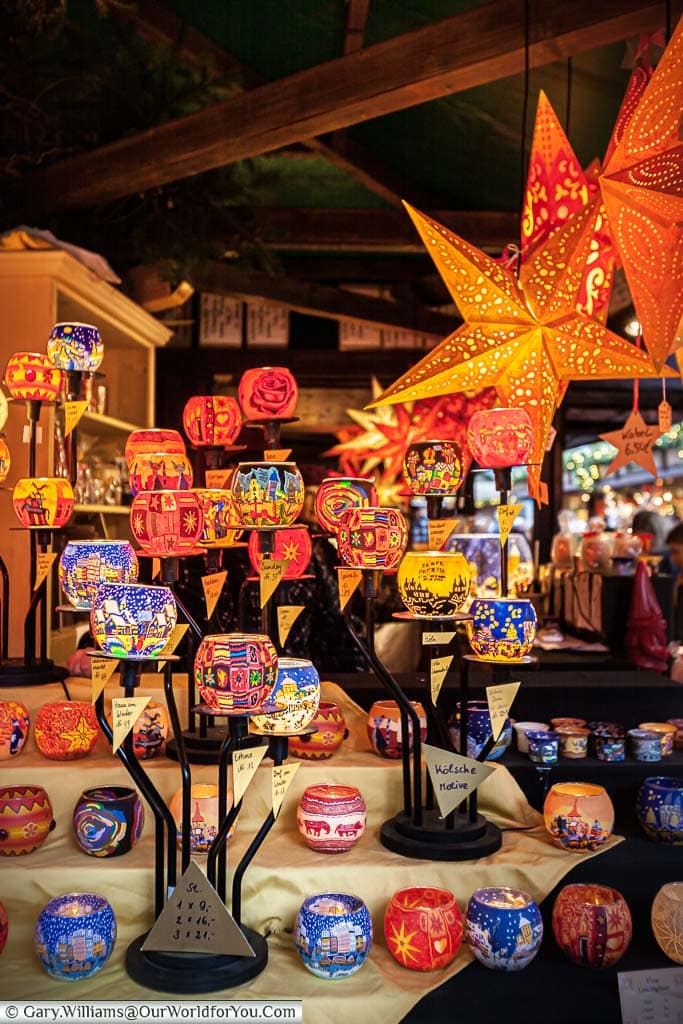
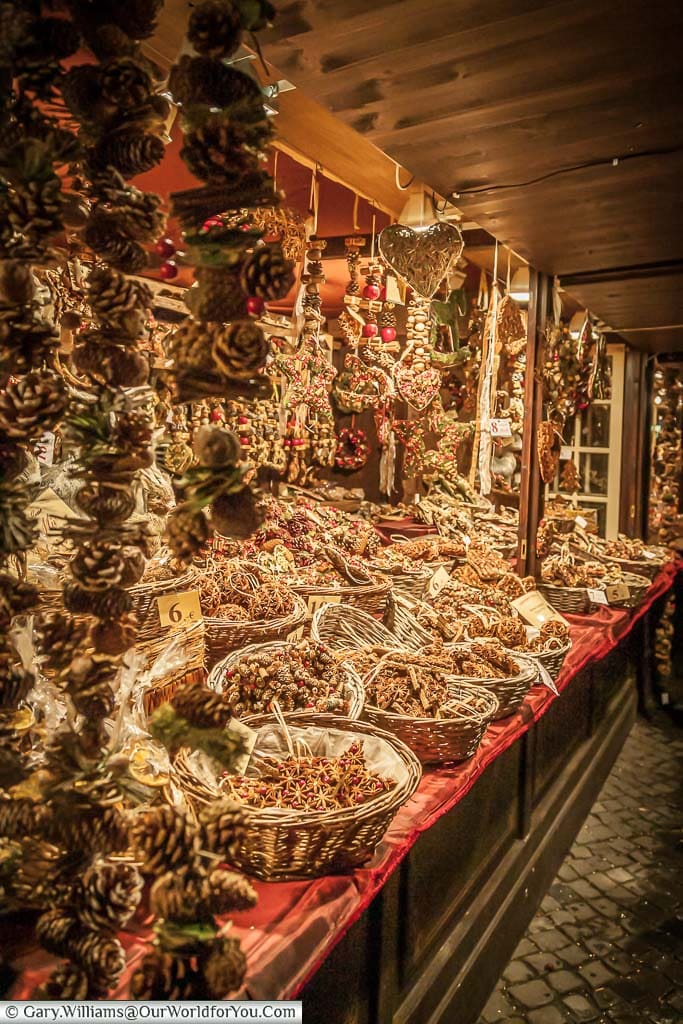
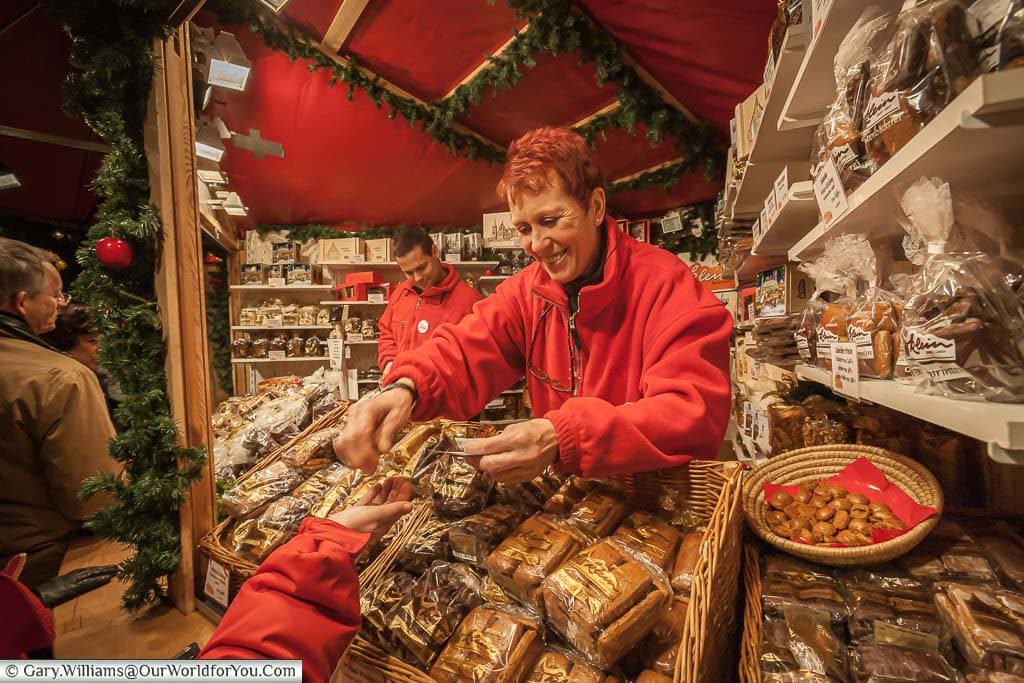
The Best German Christmas Markets
Where would you recommend?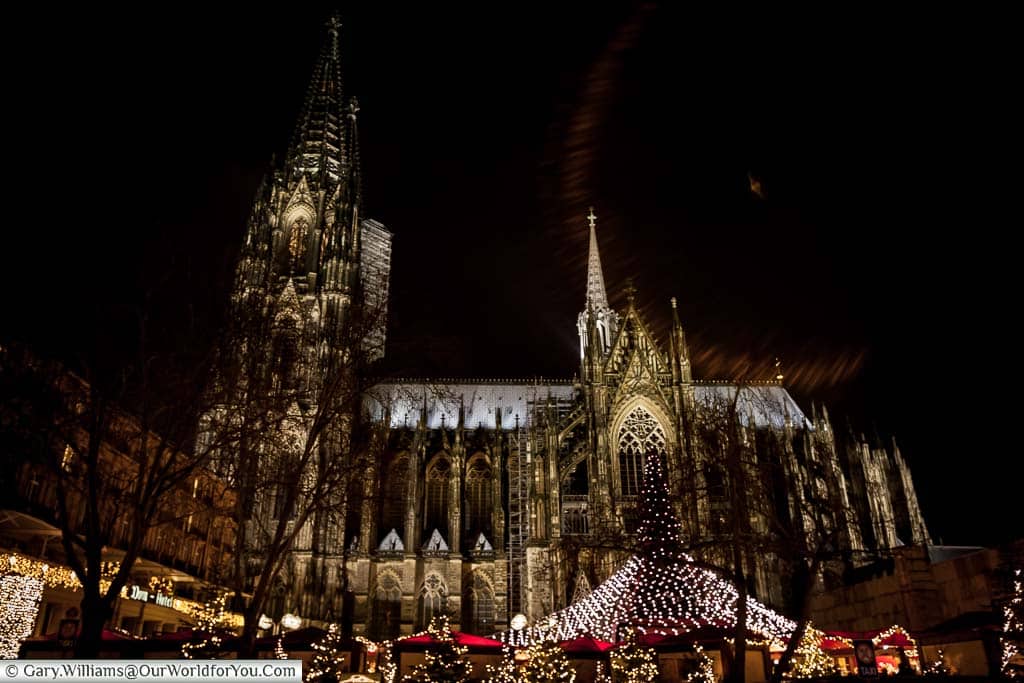
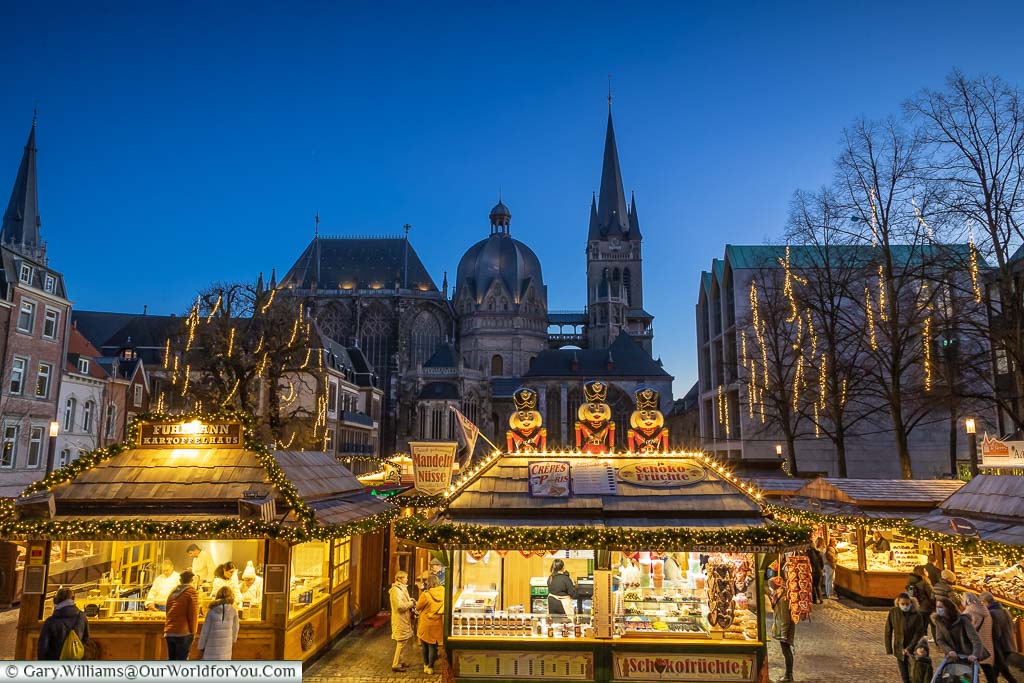
A beautiful location with one main Christmas spread over three main public spaces, but linked together. Plus, the usual mini Christmas markets featuring a smaller collection huts nestled away.
The benefit of Aachen is that it has to be the closest. Just 214 miles/345km from Calais. It is just inside the German border, nestled next to Belgium and the Netherlands.
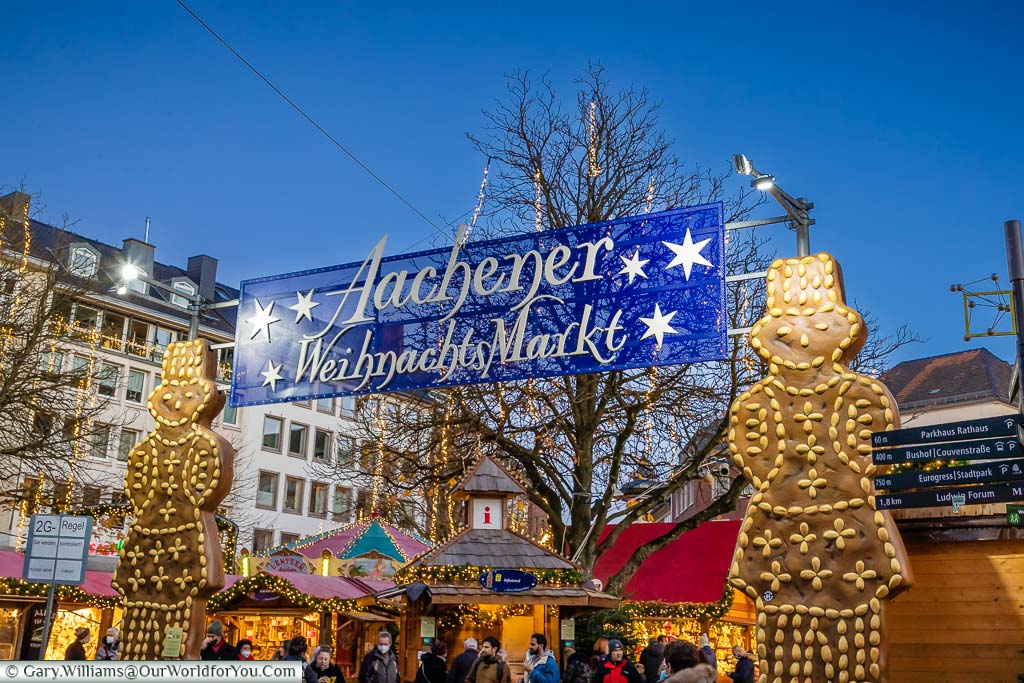
Visitor Information
The drive to Germany for the Christmas Markets
So how easy is it?I would have to say very. We live in the South East of the UK, 45 minutes from Le Shuttle. We leave home at 6:30am, and we are cupping our first Gluhwein at the Dom Christmas Market by 2:30 pm on a hassle-free run, and that's with losing an hour as we move from GMT to CET.
We are lucky to live so close to the Eurotunnel terminal, and the options will vary for each of you so I will focus on the journey from Calais. Believe me, it could not be easier considering you are travelling through four European countries.
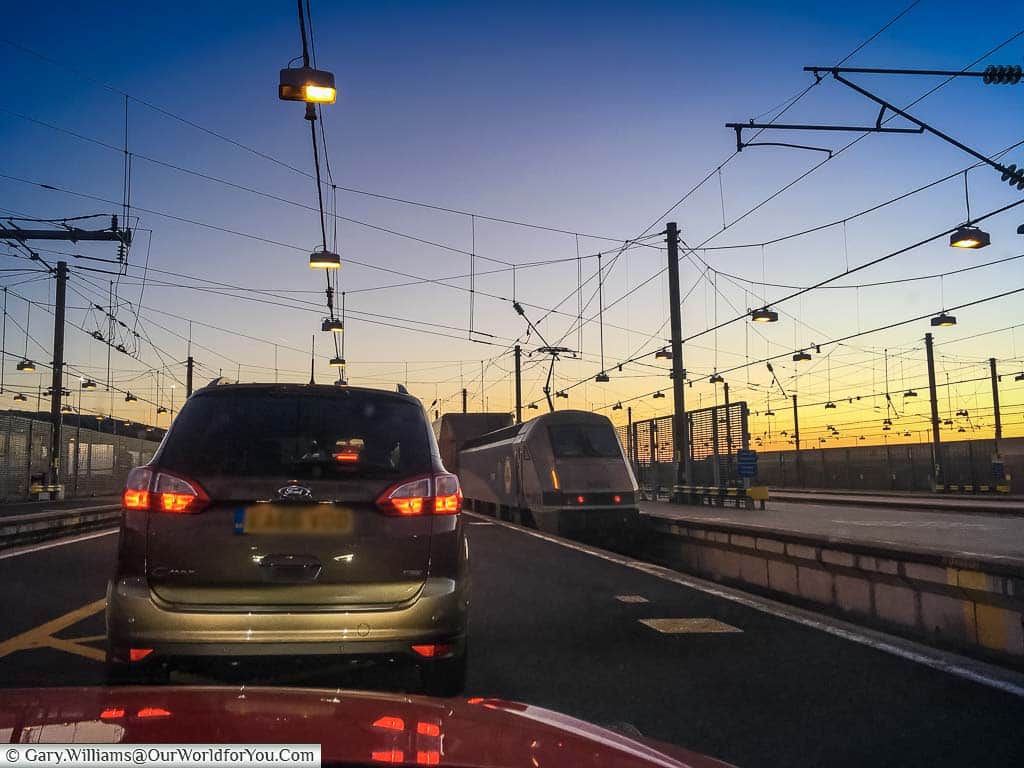
As you filter off the shuttle and head towards the A16 you will be on motorways for 98% of the 257 mile (413km) journey, with only the last 4 miles (6.5km) being urban roads.
If you are using your Sat-Nat/GPS then I have a couple of tips for you.
Low Emission Zone (LEZs)
Be aware that some German towns and cities have Low Emission Zones. Therefore, you will require a sticker for the windscreen of your car, to signify which category your car emissions fall into.
We found the following websites useful, also you can apply online in advance for the sticker for €6. The Urban Access Regulations in Europe details all the European emission zones and the Senate Department for Environment is where you can purchase you Germany LEZ sticker.
The best route to Germany
So here's the breakdown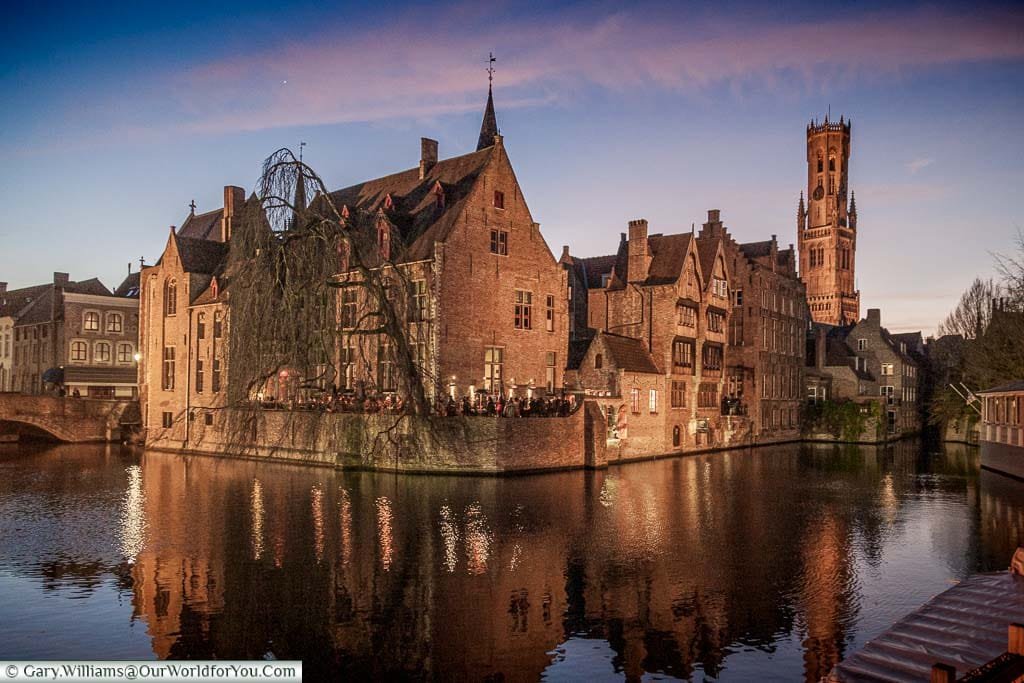
Here's my first Sat-Nav/GPS tip for you
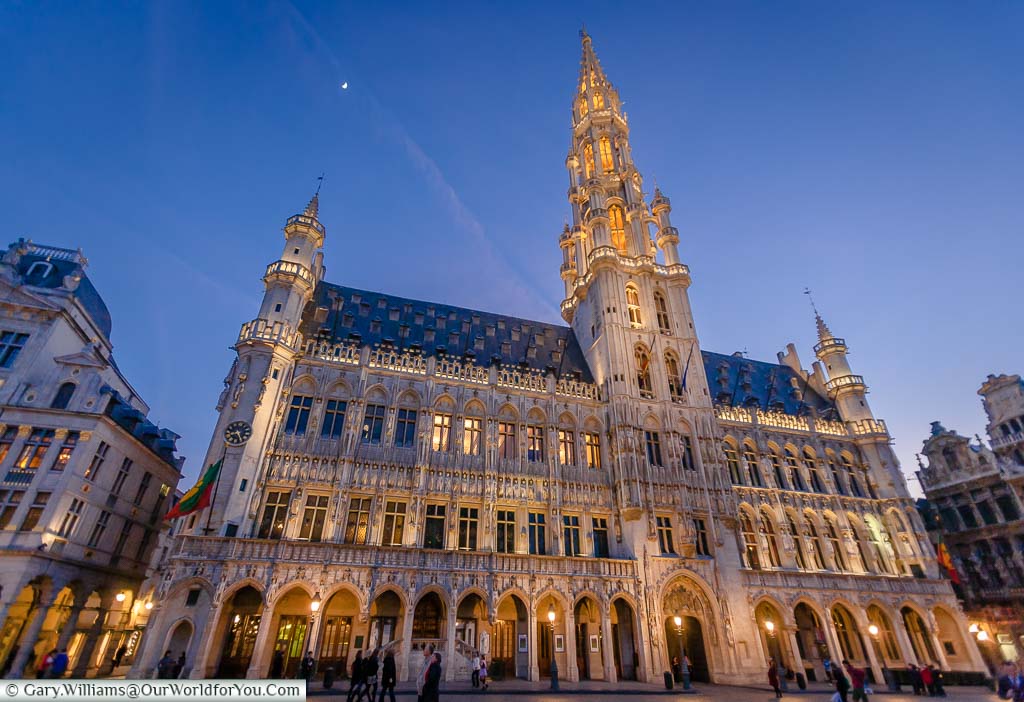
Indeed, it is not until you take the Brussels orbital via the E19 that you need to turn off the motorways since joining at Calais.
After 12.5miles (20kms), which can be busy & slow at times, you re-join the E40 briefly before departing for the E314 and passing Leuven (If you recognise the name, it is because if you have drunk a Stella Artios or two in your time - it is the birthplace of the reassuring expensive lager.)
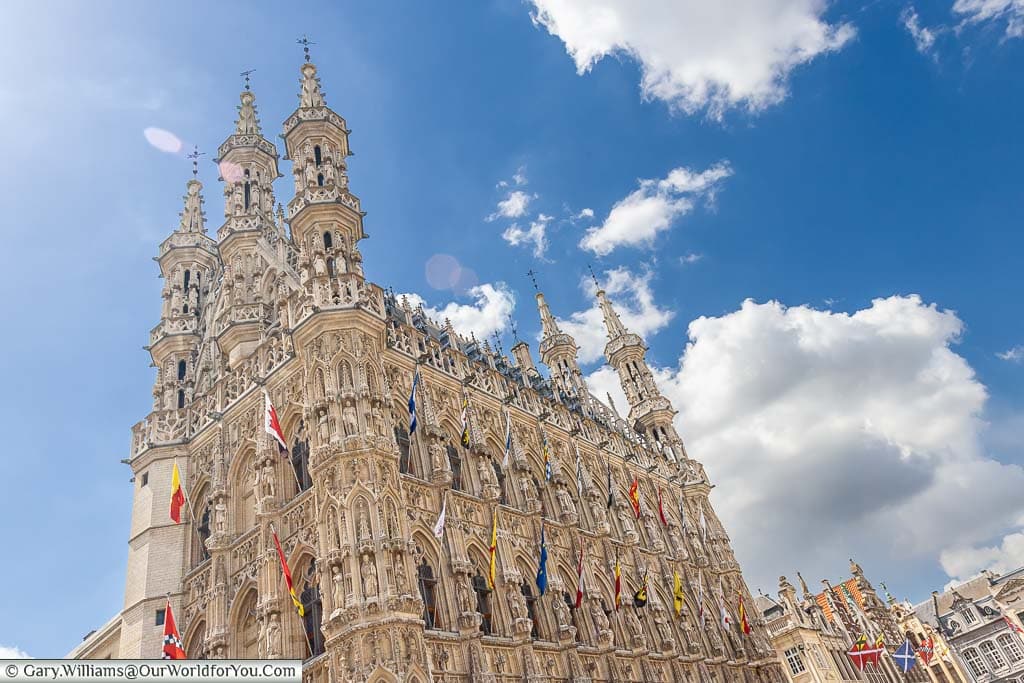
This road will take you all the way to Cologne, but it will change names to the A4 once you enter Germany.
However, before you enter Germany you will cross through the southern tip of the Netherlands (or Holland), and pass by Maastricht. Your time in the Netherlands is all too brief, just under 16 miles (27kms), before you reach the German border. Once into Germany, you'll pass by Aachen, home of the gingerbread I mentioned earlier, with its own Christmas market too.
The A4 is an Autobahn, but do not expect a fanfare, or to be transferred to a gleaming asphalt reminiscent of a modern Formula 1 circuit. There is no sign to say 'pedal-to-the-metal' or its German equivalent.
Indeed most people will happily bowl along at 75mph (120kph) which they have been, all through the Netherlands. However, you will notice the odd motorist pass at much higher speeds; keep an eye on your mirrors, I am just warning you.
If you wish to enjoy the freedom the Autobahn gives you then beware, and make sure you obey all other traffic laws, and note there are sections, normally around junctions, where a speed limit is in force.
Germany has been improving its roads, so do expect to see delays & roadworks, indeed the last few miles into Cologne are dogged by improvement works being carried out.
It is also worth noting you will be passing the Michael Schumacher karting centre outside Kerpen – #KeepFightingMichael
Remember you are heading towards Köln, that's the German spelling of the city we know as Cologne.
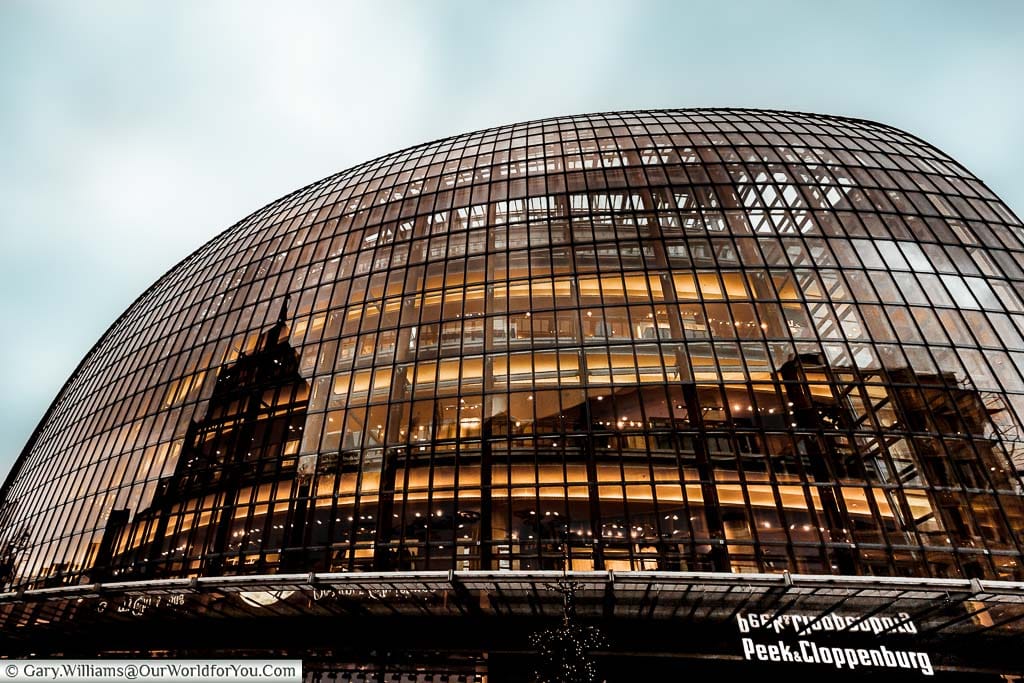
On a clear day, it is possible to spot the twin spires of Cologne's Cathedral, the Dom, as you approach the city.
Once you have left the Autobahn heading towards the B265 it's around 4 miles/6.7km to the centre of Cologne.
Once in the centre and I spot the Peek & Cloppenburg store, I know I am achingly close to the Dom car park, and our accommodation, the Eden Hotel Früh am Dom.
Here's my second Sat-Nav/GPS tip for you
How easy is it to drive in Europe?
So now some opinionsThis is where I may become controversial; these are just my opinions. As I said this is a journey of five5 countries, if you include the UK.
Firstly leaving the Eurotunnel facility, and heading onto the A16 is easy, just follow the signs for Brussels (or Bruxelles as you'll see it in French). I find driving in France a breeze, driving standards are really good, with good lane discipline. Once they overtake, they pull in again. It can be frustrating as one lorry inches past another at around 56mph (90kph), but the French section of this trip is just 40 miles (64km). Then you hit Belgium.
Belgium is the longest section of the route, and once you swing by Bruges is relatively straight until you reach Brussels. Some sections of the tarmac are tired, and their used to be the unfortunate habit of tailgating. I mean, when you look in the rear view mirror and you cannot see the headlights of the car behind it's clear it's too close.
This treatment was not just reserved for guests to the country, it happened frequently. You can see it was an issue as there are boards at the side of the road advising to leave a gap. I will bookend this contentious comment with an observation that I have seen significant improvements over the years, but it still happens.
It is also worth noting that as you exit Brussels to the east, the situation appears to improve, and by the time you hit the Netherlands, you have forgotten about it.
Once you hit Germany, you notice the occasional driver making use of the Autobahn, the rest understand the compromise between pace & fuel consumption, so on the whole, 80mph (130kph) is closer to the norm.
In town, driving is good and Cologne, like many European cities, has an extensive tram network you need to be aware of, but that is not a real issue.
Where to stay in Cologne
Eden Hotel Früh am Dom - This friendly hotel is in the heart of the city centre with and just a couple of minutes walk to Cologne Cathedral.
We've stayed at Eden Hotel on many occasions and it never disappoints. It is owned by the Früh Brewery and has a bustling restaurant in its cellar.
Is it expensive to drive to Germany?
What are the costs involved?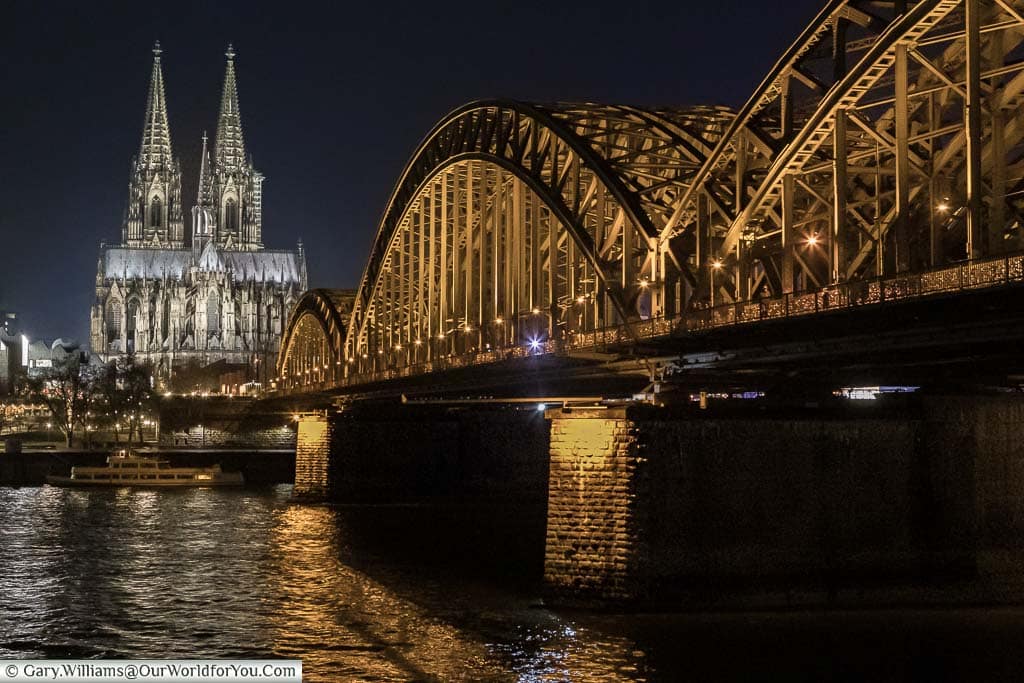
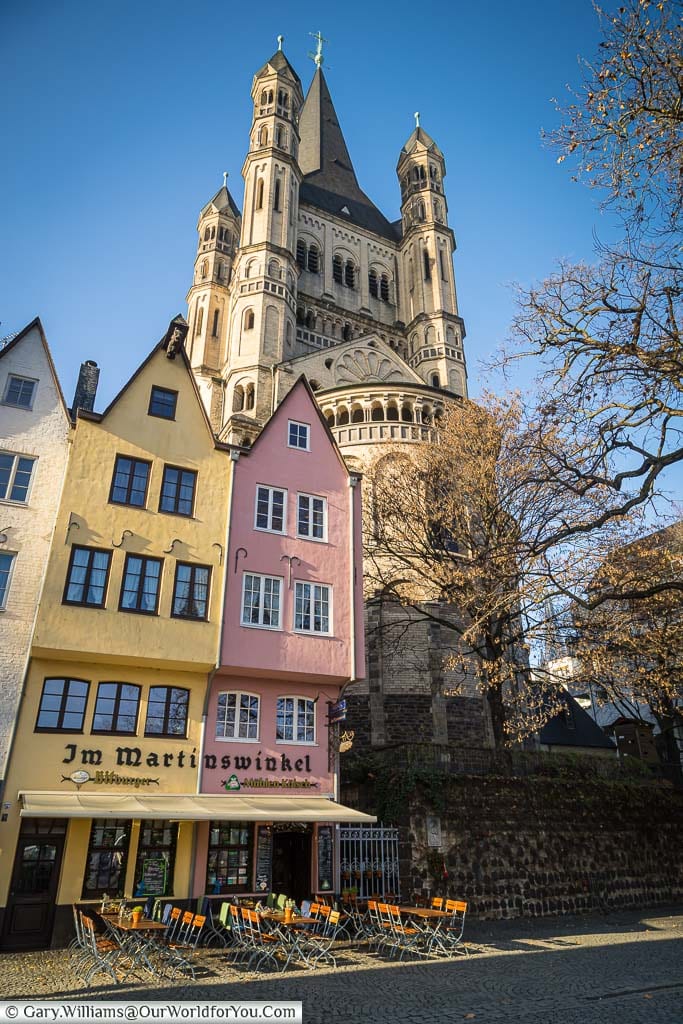
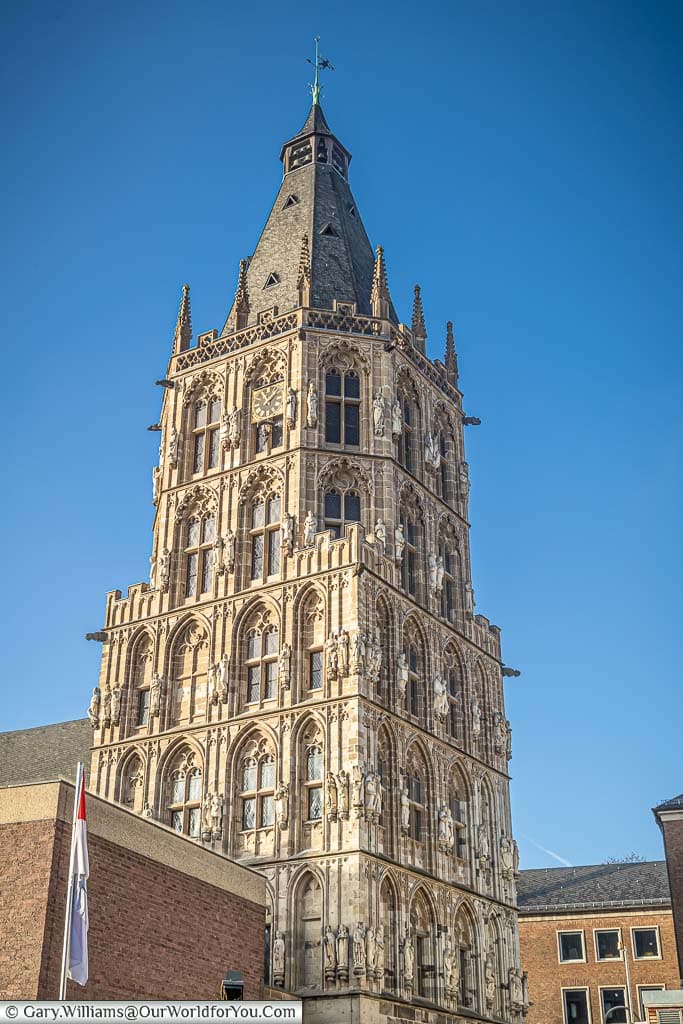
Why not cheer yourself up in January and plan a trip to the Christmas markets for December?
I park centrally, underneath the Dom Market, and that costs around £25 per day (2021 Prices). However, where you park largely affects that cost.
Remember the markets are really busy at the weekend, so parking can be tight.
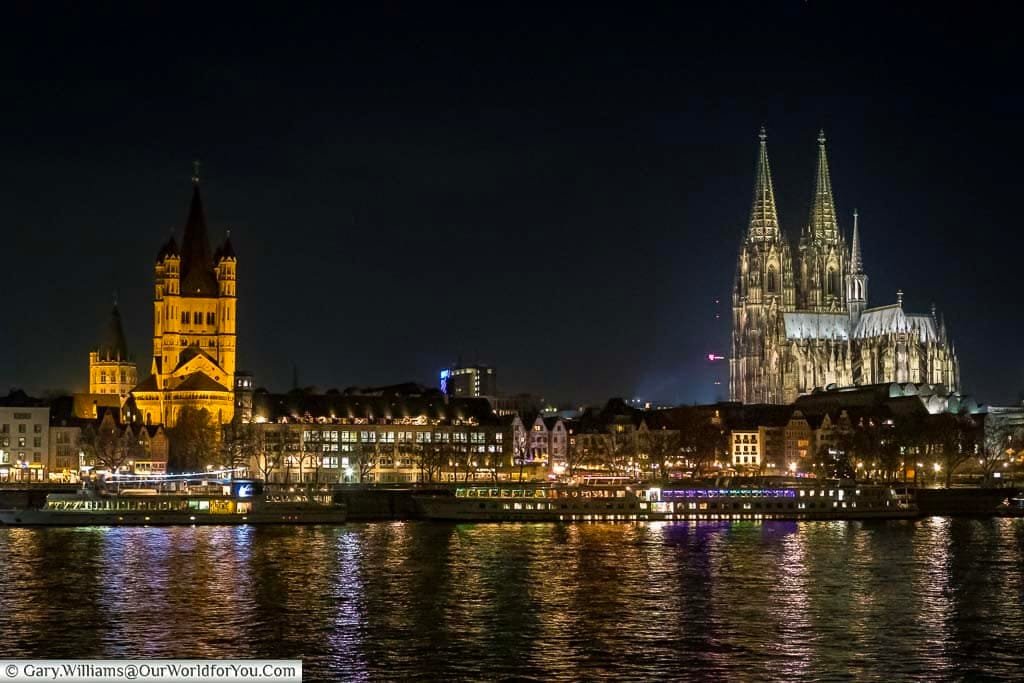
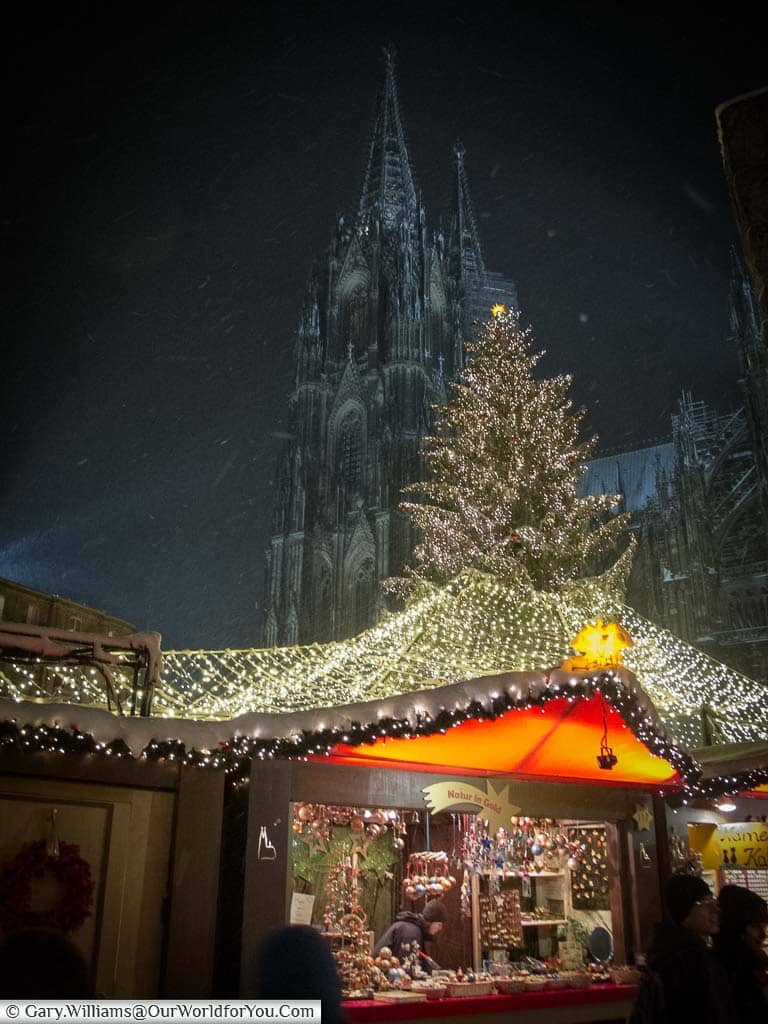
If you have an EV then the route from Calais to Cologne may be challenging (257 miles/413km). Remember, you can charge at Eurotunnel to give you a boost whilst you grab a coffee. You can stop and charge on route at services, or why not check out places like Ghent, Leuven or Aachen?
If Aachen is your destination, then the distance is more favourable. (214 miles/345km)
I love nothing more than planning a trip and so often I use the DK Eyewitness books. I find them extremely informative, easy to follow and the pictures and maps tempt you into discovering more.
We used a previous version of this book to plan our Germany road trips, now you can grab the revised copy.
Tips for driving to Germany
Is there anything else I need to know?Winter tyres - It is the law to have them fitted in wintery conditions according to the AA, although it doesn't specify a date on the site. Germans I have spoken to tell me it's from the 1st November, so it looks to be compliant you should have winter tyres fitted.
I think it's a great idea as the tyres work well in all conditions over winter including cold, but dry roads, heavy rains as well as ice & snow. You'll notice how these countries don't grind to a halt every winter.
Having said that, have I had winter tyres fitted every year? - eeerrmmm no comment. I have seen the Police whilst filling up with fuel in Germany and they don't run across to check my tyres, that's all I am saying.
I would expect if I was involved in an incident it may be a different matter.
I think for your peace of mind, it is best to opt for a set. You will need to store them when they come off in March, but driving in the UK over winter will be safer too.
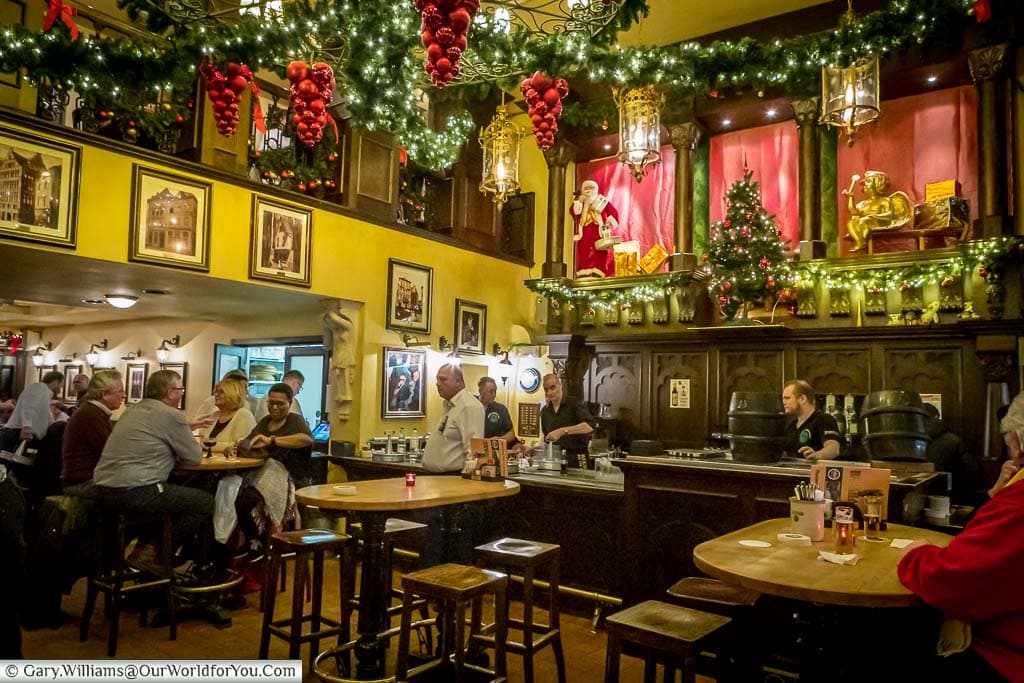
Drinking and Driving - Obviously, it goes without saying it is incredibly irresponsible to even consider it. Remember, the evening before you depart to drive home, take it easy. When drinking on the markets and in the bars the alchol levels can creep up on you, especially if you enjoy a Glühwein 'mit' ... . The drinks portions, being just being 200ml can be a little deceptive too.
You can, of course, purchase a breathalyser, from the inexpensive AlcoSense French NF Certified Breathalyzers, though to the reusable AlcoSense Lite 2 Breathalyser, all the way up to the Auto Expess recommended AlcoSense Pro Fuel Cell Breathalyser, but you still need to watch what you consume.
Eating & drinking on the German Christmas Markets
Is it worth driving to the German Christmas Markets?
Is there anything else I need to know?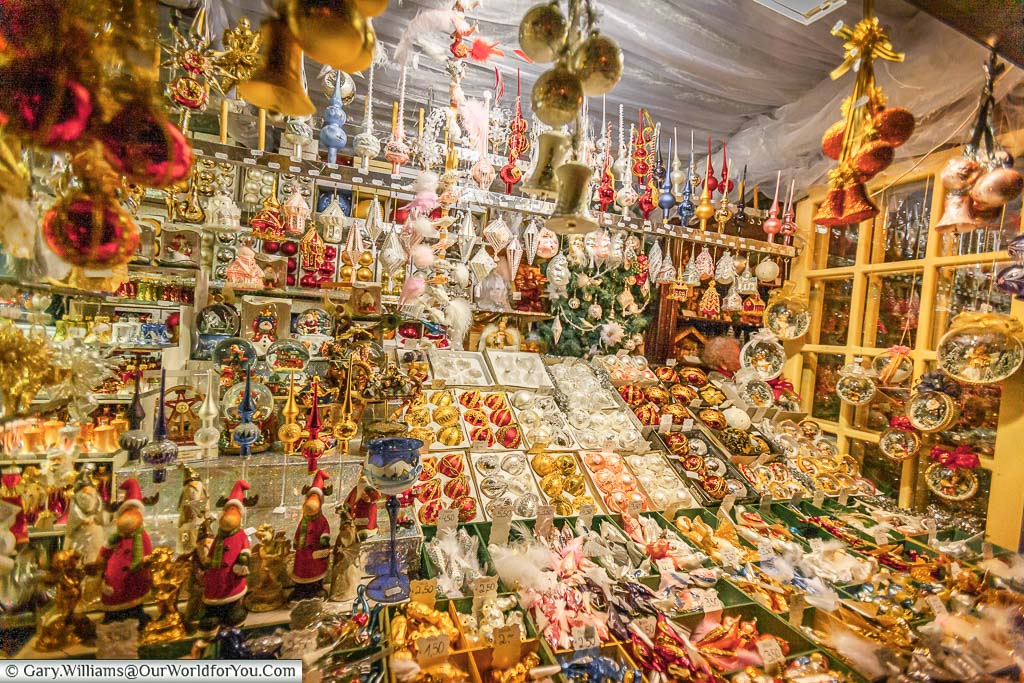
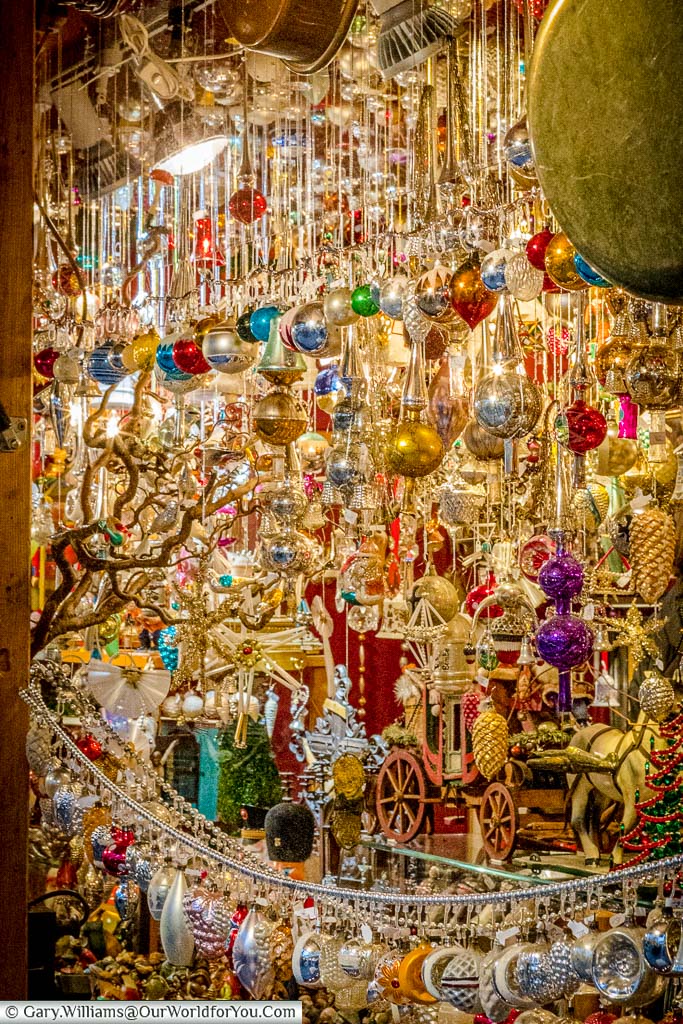
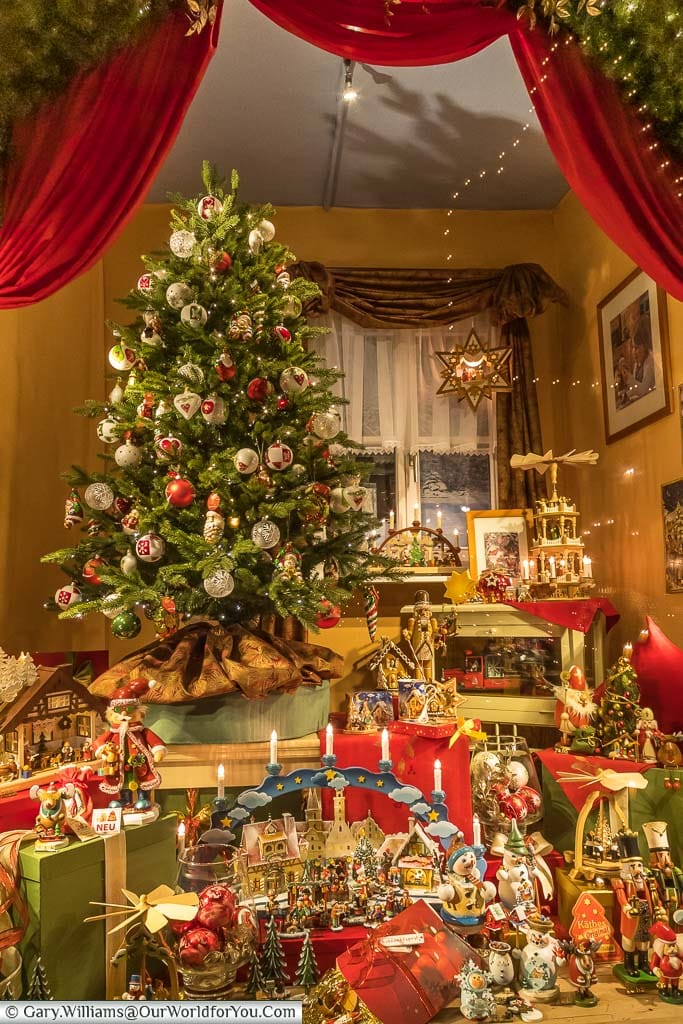

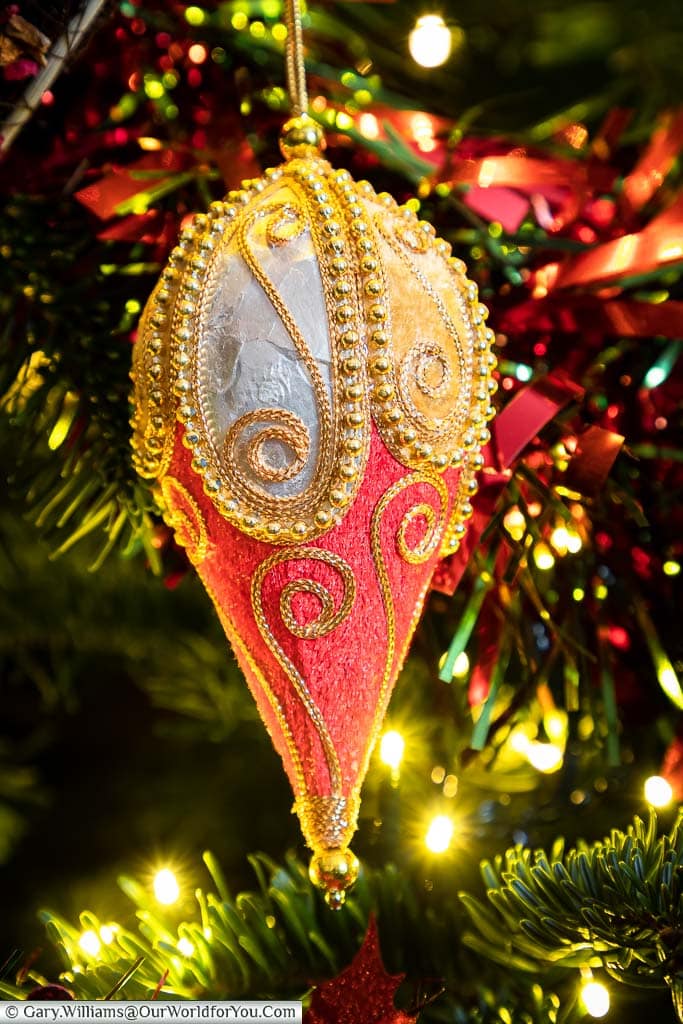
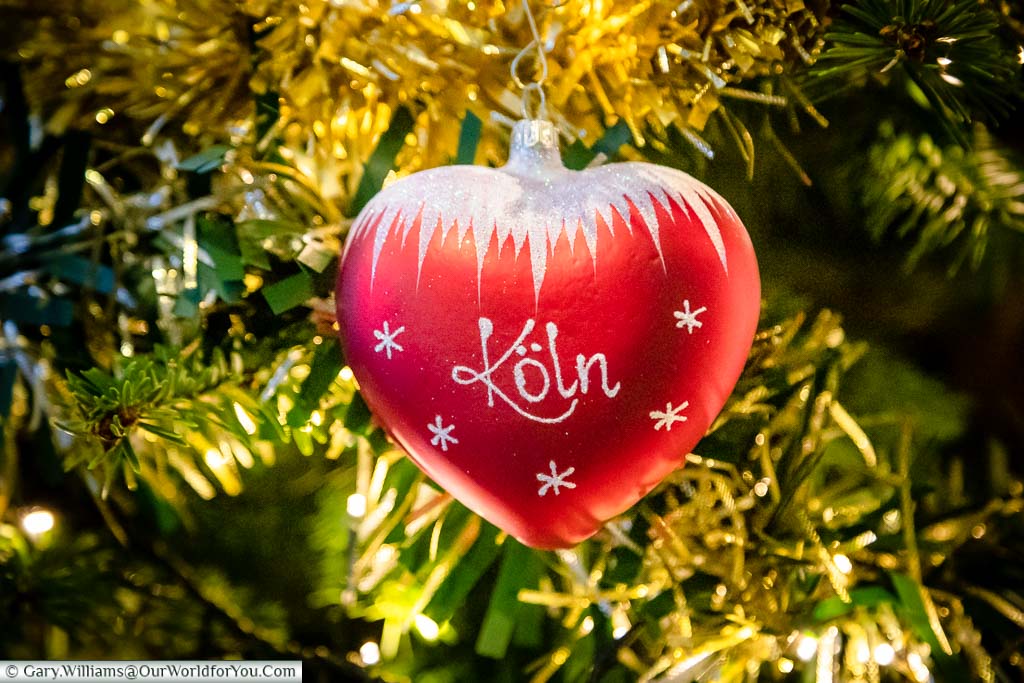
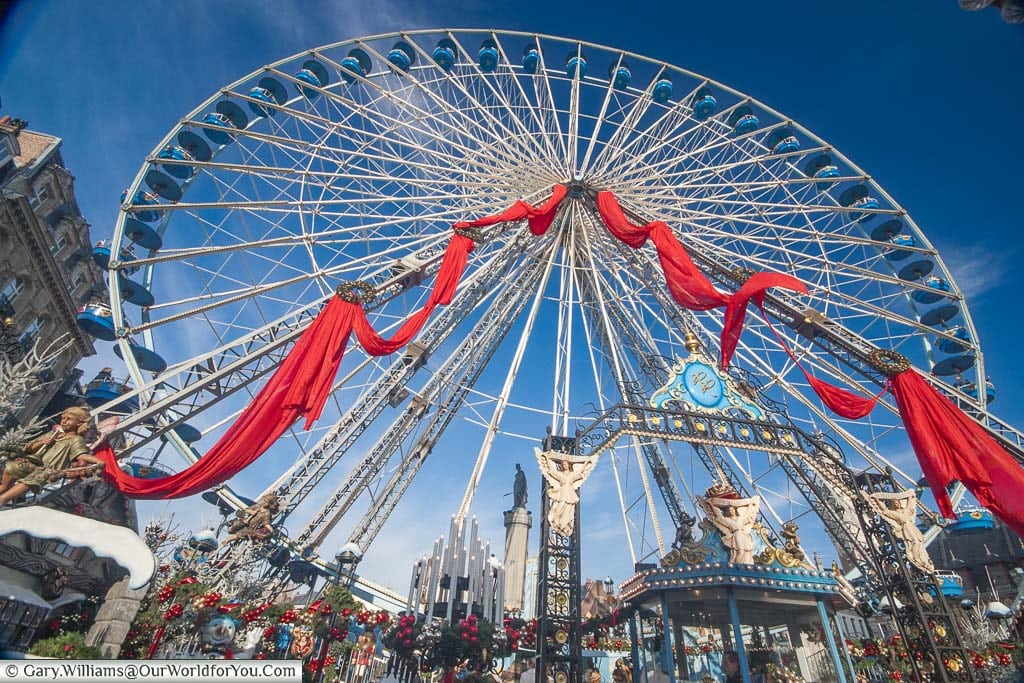
If you want to try a few different markets in one trip, book a few days off and follow our 'Our itinerary for your first German Christmas Market road trip'.
And of course, if you want any advice, drop us a comment below, and we'll aim to assist
* This post may contain links to affiliated sites where we earn a small commission at no additional charge to you.
